The SU carburetor
and no, it’s not only setting the fueling screw right… the order of arrangement in
Converting a Lucas RB106 Voltage Regulator to an Alternator Dummy Box
The Lucas RB106 control box is found in many old British cars. It controls the dynamo’s charging. When upgrading to an alternator, this box is no longer needed because the alternator controls its own voltage. However, instead of removing the box, you can turn it into a dummy to keep the original look and wiring.
To make it a dummy, we’ll connect the A1 + A terminals directly to the D terminal. This bypasses all the internal parts of the box. You can add a fuse if you want, but it’s not necessary as your 80’s MINI isn’t using one either. If you use a fuse, make sure it’s a strong one (at least 50A). Once connected, the box will only act as a pass-through for the wires.
Additionally, the dynamo warning light on the dashboard and the black/white D+ wire on the alternator (thin wire) also need to be reconnected. This is done by connecting them directly.
Note: A1 and A are both positive (+) connections from the battery. For normal use, they are different, but as a dummy box they will act the same. (more about normal use read here: Chapter 5)
What we will do:
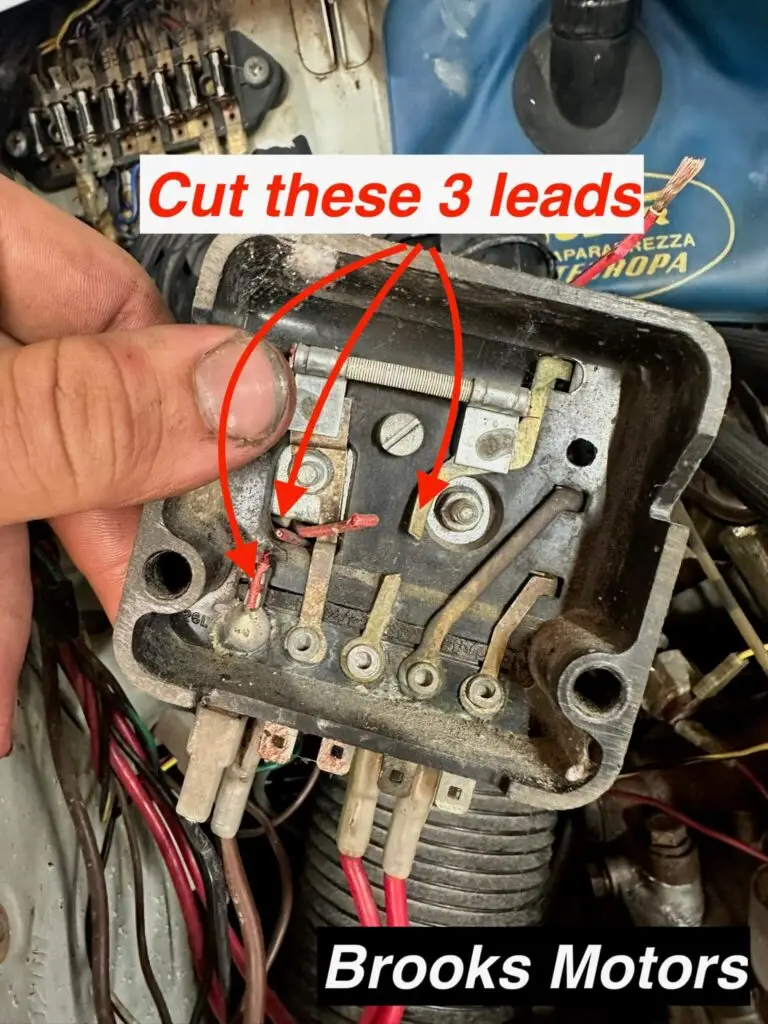
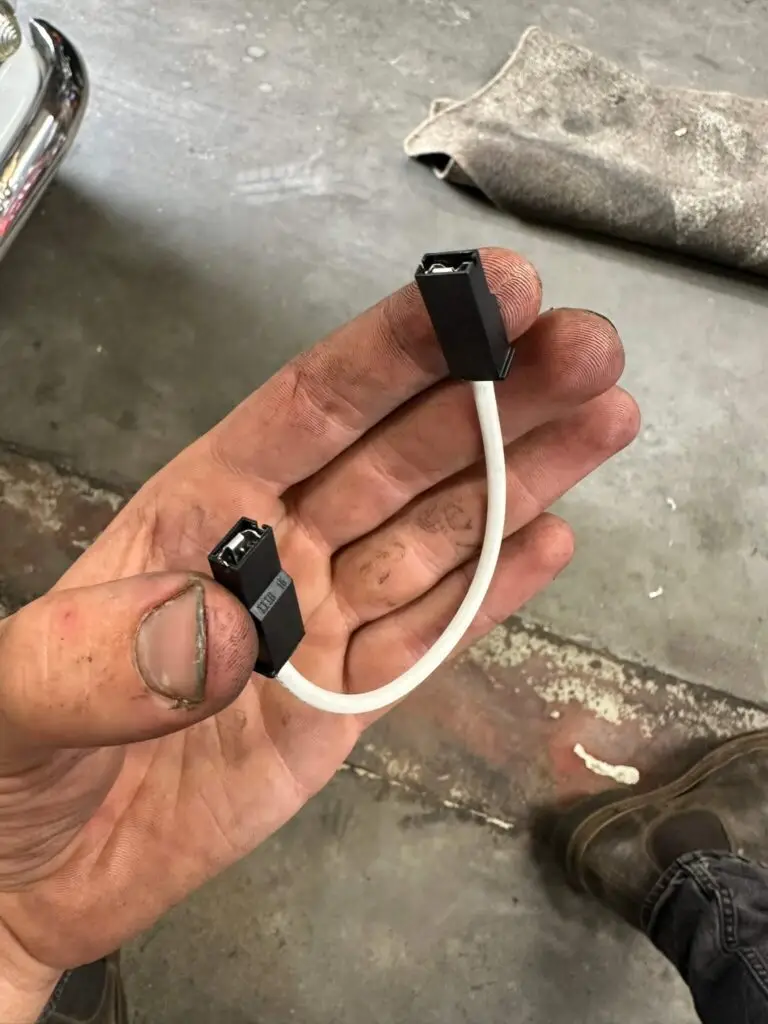
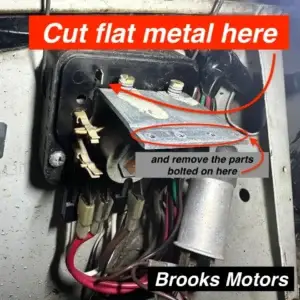
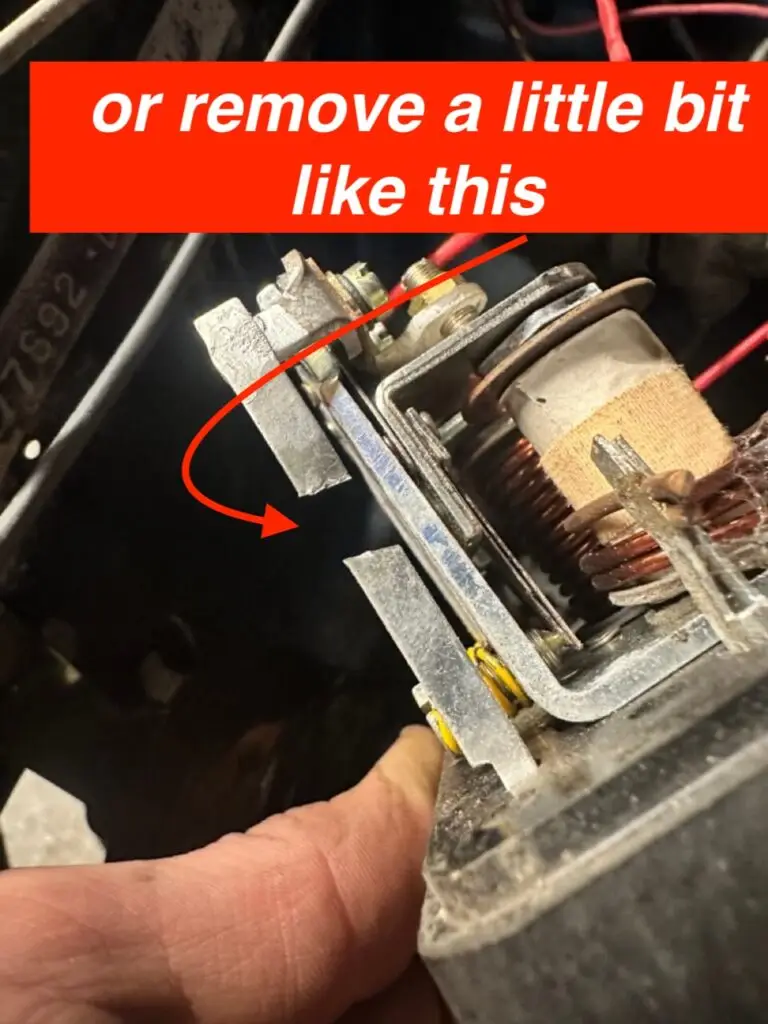
Note: If we don’t do this, the ignition light will keep getting 12 volts, will stay on, and continue to drain the battery.
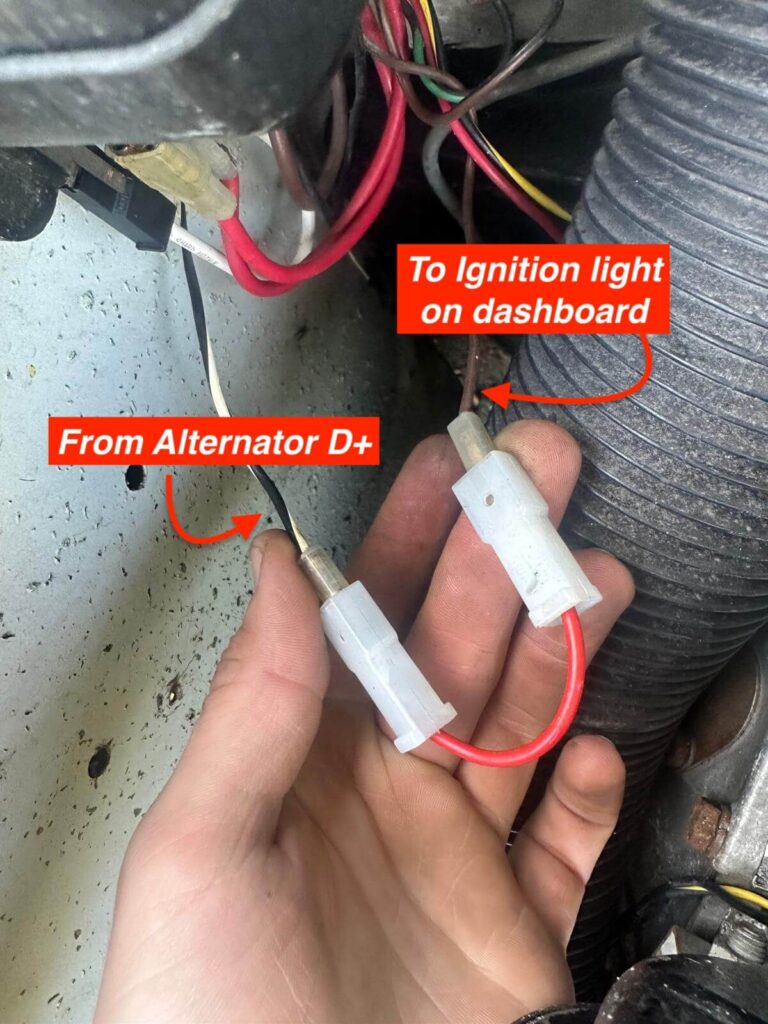
By converting your Lucas RB106 control box into a dummy box, you can use a modern alternator while keeping the classic look of your car. This simple change improves reliability without losing the vintage style.
and no, it’s not only setting the fueling screw right… the order of arrangement in

This table provides detailed specifications to identify various Mini accelaration performance, including what kind of

Welcome to this guide on the 2.8 GTV engine parts. While many parts are shared

Choosing the Best Oil for Your Rover V8: Insights and Advice Selecting the right oil
00 316 38 37 66 91
[email protected]
Broekseweg 100, 4231VH
Meerkerk, The Netherlands
KvK: NL81356773
BTW: NL862055489B01